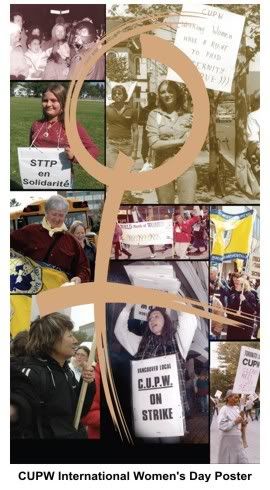Women's Prisons - on track for tragedy?
 More than a month after Ashley Smith took her own life inside a segregation cell at Grand Valley Institution for Women, silence is all that has come from behind the prison's walls. The same silence is echoed by those in charge in Ottawa,
More than a month after Ashley Smith took her own life inside a segregation cell at Grand Valley Institution for Women, silence is all that has come from behind the prison's walls. The same silence is echoed by those in charge in Ottawa,
While the details of what went so terribly wrong for the young New Brunswick woman are closely guarded for now, there are indicators that the system that confined her was on track for tragedy
Years before Smith's death, there were warnings from the guards' union, inmate advocates and a federal commission that keeping women in segregation cells for months was a blueprint for disaster. There were warnings from foreign inspectors and academics that the design of the segregation cells themselves was dangerously flawed.
There were warnings from community groups that programming for inmates was slipping, that too many women were being over-classified as maximum risk, and that the vision behind regional facilities like Grand Valley were being crushed by the stress of managing the prison.
While much seemed right at Grand Valley compared to the confines of its repressive predecessor, Kingston's notorious Prison for Women, much also went wrong.
Repeated requests to tour the facility and speak with inmates for this story were denied by the Correctional Service of Canada. Requests to speak with the commissioner and deputy commissioner of Corrections were also denied as were requests to speak with the newly appointed warden, Dianne Brown.
As of Nov. 20, 138 women called the facility home -- 35 more than the prison's official capacity.
While the correctional service's refusal to grant access means we can't tell their stories, what we can tell the is the story of Grand Valley and how one of the world's most progressive attempts at prison reform started to unravel.
FULL STORY: The Record










No comments:
Post a Comment